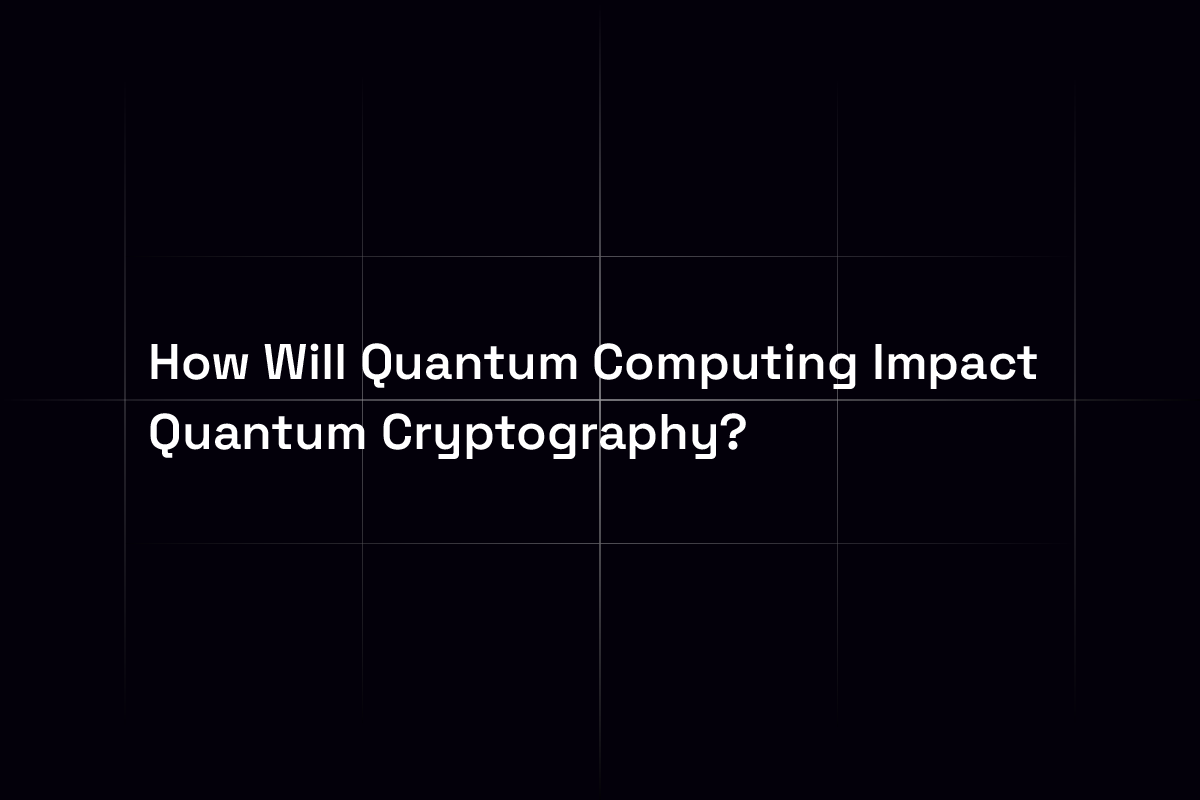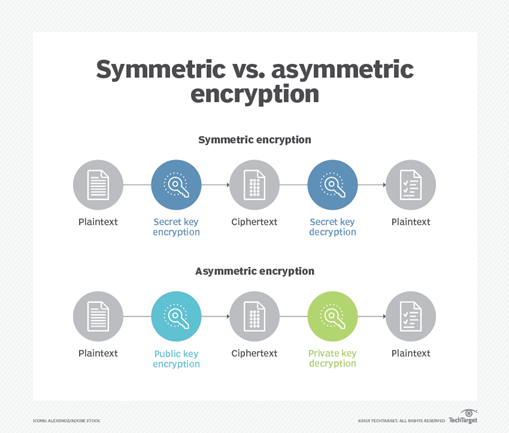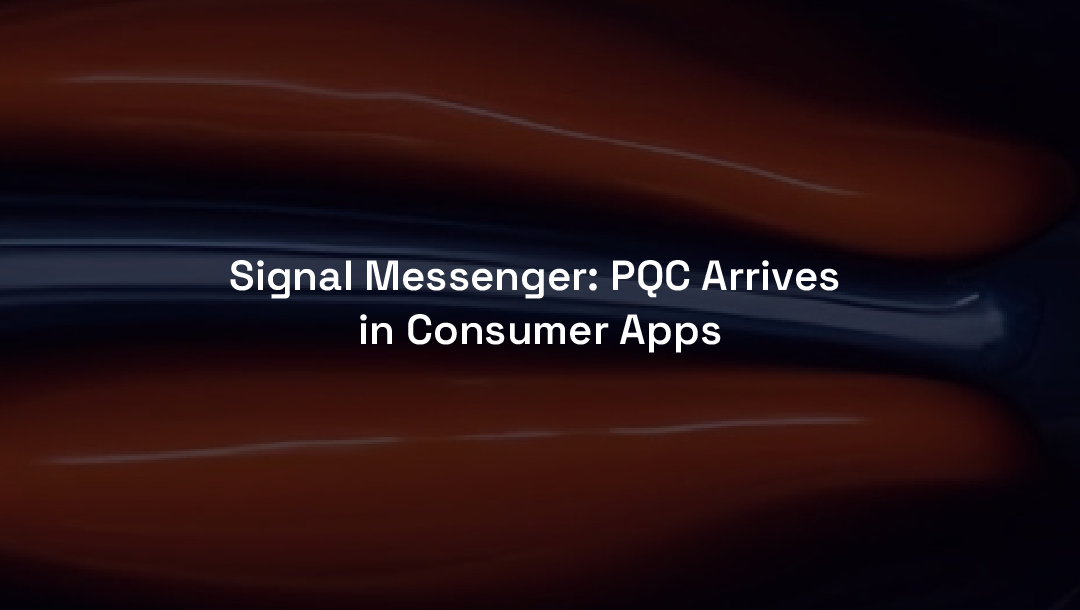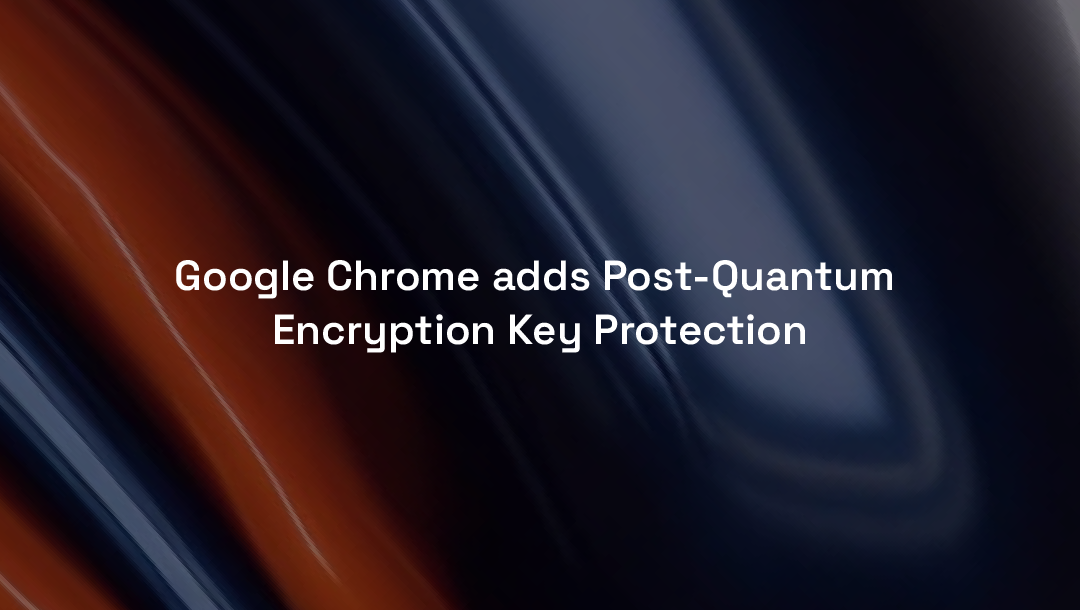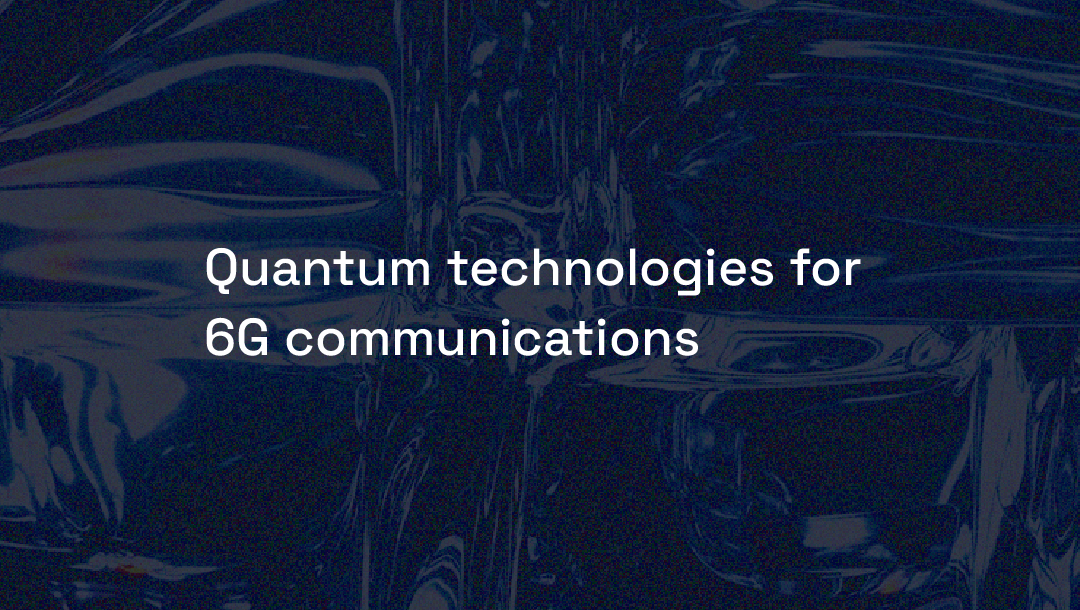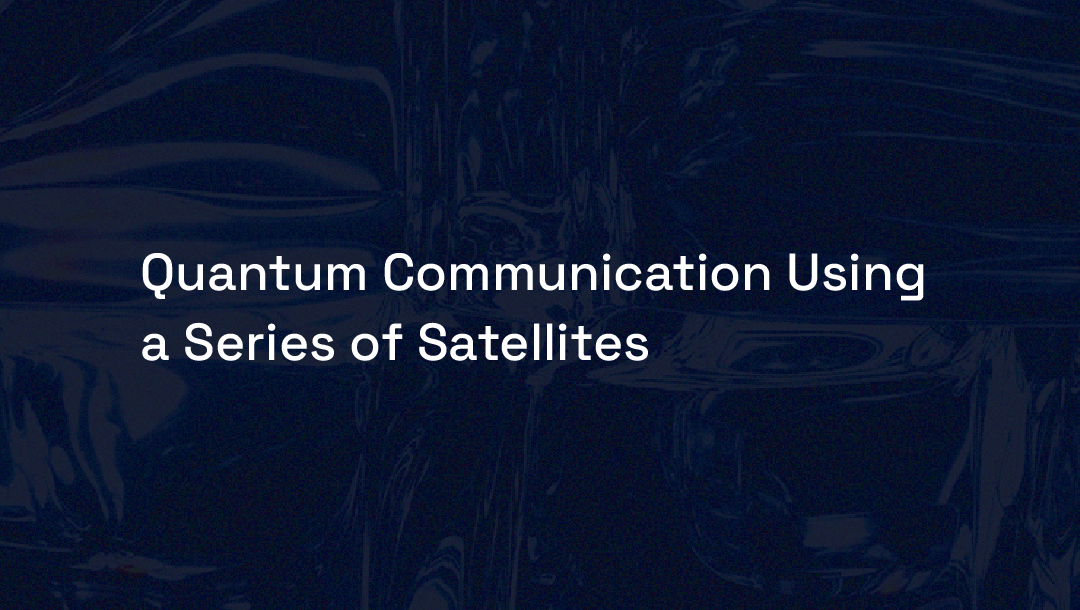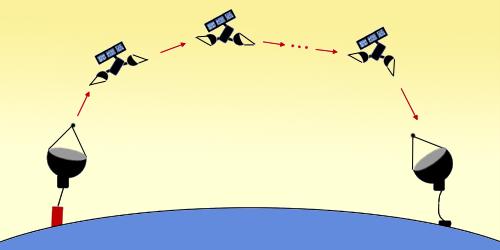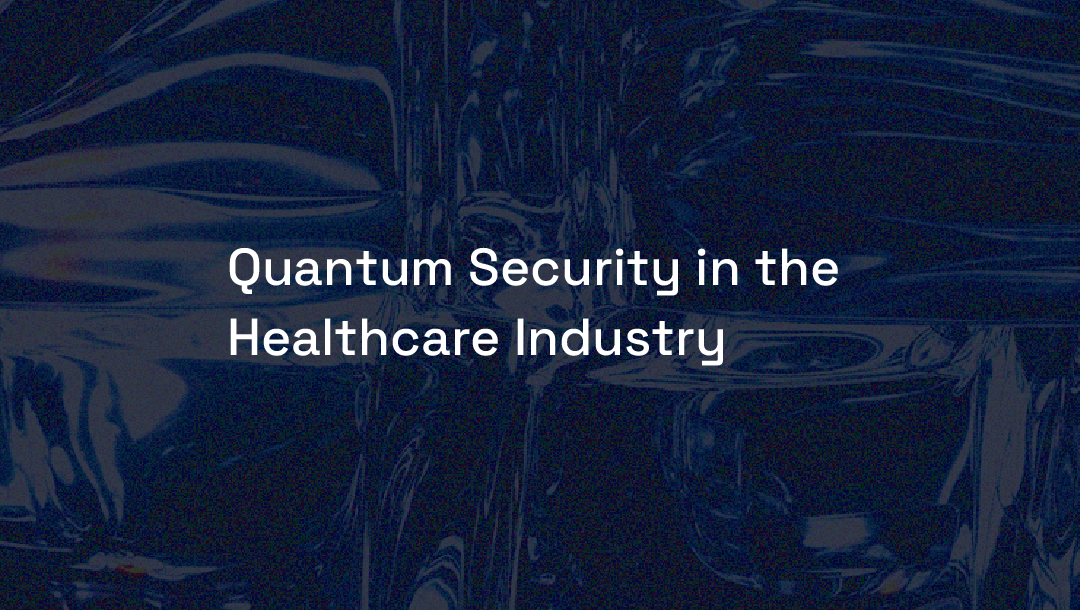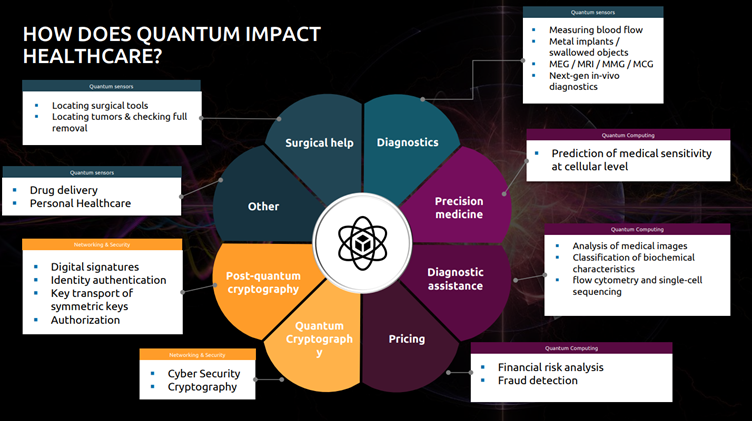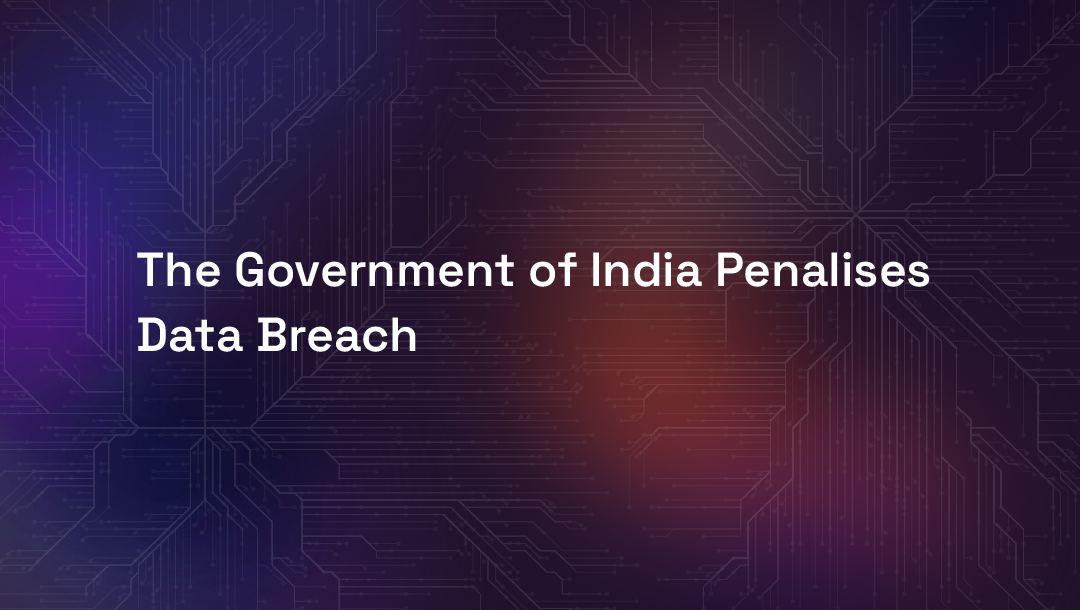In quantum mechanics, the phenomenon of quantum entanglement stands out as both perplexing and fascinating. It is one of the iconic principles of quantum physics and probably the bedrock of new-age quantum technologies.
Quantum entanglement describes the enigmatic connection between particles, regardless of the distance. The description challenges our classical intuitions about the nature of reality where all communication and connectedness is over a measurable distance.
So, what is quantum entanglement?
At the core, it is the inexplicable relationship between particles known as entangled particles.
When two particles become entangled, their quantum states become linked, and altering the state of one particle instantaneously affects the other, even if they are light-years apart.
Note: no physical signal appears to travel between the entangled particles.
How did it all start?
Einstein-Podolsky-Rosen Paradox
The concept was first brought to the forefront in 1935 through the Einstein-Podolsky-Rosen (EPR) paradox.
Albert Einstein, along with collaborators Boris Podolsky and Nathan Rosen, proposed a thought experiment to highlight what they perceived as a peculiar consequence of quantum mechanics. They argued that entanglement allowed for the possibility of ‘spooky action at a distance’, where changes in one particle’s state could influence the other particle instantaneously.
EPR’s paradox triggered debates about the completeness of quantum mechanics as an independent field of study and spurred experiments to test the phenomenon. Over the years, numerous experiments, including those by physicist Alain Aspect, have consistently confirmed that entanglement is real and that the quantum theory stands true to its claims.
One of the most iconic demonstrations of quantum entanglement is the violation of Bell inequalities. Physicist John Bell formulated these inequalities in the 1960s as a way to test the predictions of classical and quantum theories. Experiments based on Bell inequalities consistently show results that align with quantum predictions, providing empirical evidence for the genuine nature of entanglement.
Entangled Particles: A Relation Beyond Space and Time
The entanglement between particles transcends the constraints of space and time and challenges our traditional understanding of causality, as changes in one particle’s state propagate to its entangled partner faster than the speed of light.
While this phenomenon doesn’t violate the fundamental principles of relativity, it showcases the intricate and non-local nature of quantum connections.
Quantum entanglement has found applications in quantum information science, particularly in quantum computing and quantum communication. The ability to transfer information instantaneously between entangled particles has created secure communication channels immune to eavesdropping.
Researchers are exploring potential applications such as quantum teleportation, where the quantum state of one particle can be transmitted to another particle at a distance. Though the practical implications are still in the early stages of development, the mere possibility of teleporting quantum information hints at the transformative power of entanglement in shaping the future of technology.
Challenges and Mysteries
Despite the progress, mysteries persist. The nature of the connection between entangled particles remains elusive, and the underlying mechanism responsible for the instantaneous influence remains a topic of ongoing exploration.
Furthermore, the implications raise profound philosophical questions. They challenge our understanding of the separability of objects in space and prompt us to reconsider the nature of the quantum reality that underlies the fabric of the universe.
Sources:
Alain Aspect – Facts – 2022 (nobelprize.org)
The Einstein-Podolsky-Rosen Argument in Quantum Theory (Stanford Encyclopedia of Philosophy)
John Bell and the most profound discovery of science – Physics World

